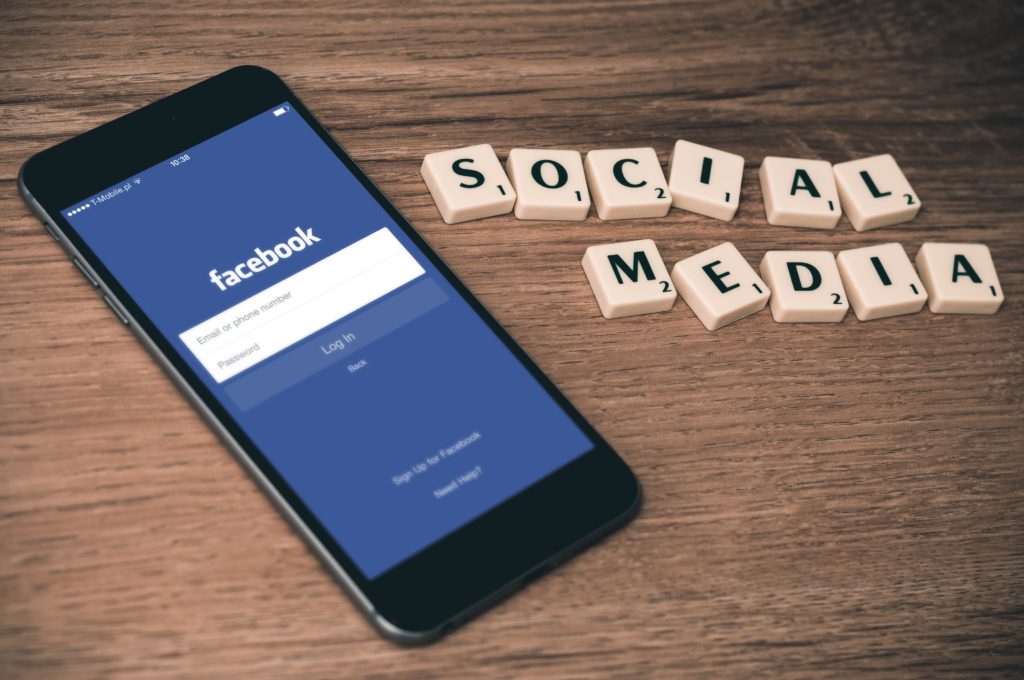In recognition of the 40th anniversary of the birth of modern healthcare marketing, each week we will take a quick look at foundational tools and techniques that medical practices and other entities operating in the healthcare space can use to build and sustain a positive image in media, and remain top-of-mind when potential patients and/or prospective clients need their services. Last week, we focused on the website. Today we address a relatively low-cost tool: social media.
Level 2
Social media. Whether or not you understand or participate in the proliferation of social media platforms like Facebook, Twitter, LinkedIn and Instagram, growing numbers of your patients, prospective patients (or clients and prospective clients) do. Social media is nothing more than a tool to help you build engagement with your audience.
Launching a successful social media program depends on a number of factors. First and foremost is selecting the proper platform. To do this, you must go where your audience is. There is no need to guess; there are many online resources to provide you with demographic breakdowns of social media platform users. A good place to start is Pew Research Center Internet & Technology. Here, for example, you can find that nearly 80% of online Americans use Facebook, and 76% of those who use Facebook check the platform daily. You can also get a snapshot of Facebook users by age, gender, income and education level, and geographic location.
Social media is a furnace that must continually be fed.
Once you commit to creating a social media presence, you must constantly create compelling content, and continuously update and monitor your pages. That may not be as overwhelming as it sounds. Have you published helpful content on your website? Do you have a catalog or brochure? Re-purpose the information that is already on hand to craft interesting posts that will add value to your followers’ or fans’ personal and/or professional lives. As a general rule of thumb, use your social media accounts for purely self-promotional purposes only about 25% of the time.

Authenticity is key on social media. So if someone posts a negative comment on your page, resist your immediate impulse to delete it. Instead, use it as an opportunity to prove to your audience that you are responsive, that you care about their feedback and that you want to make the situation right. Respond simply in a manner that invites the post writer to take the conversation off-line, and then engage in service recovery.
